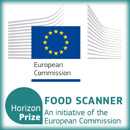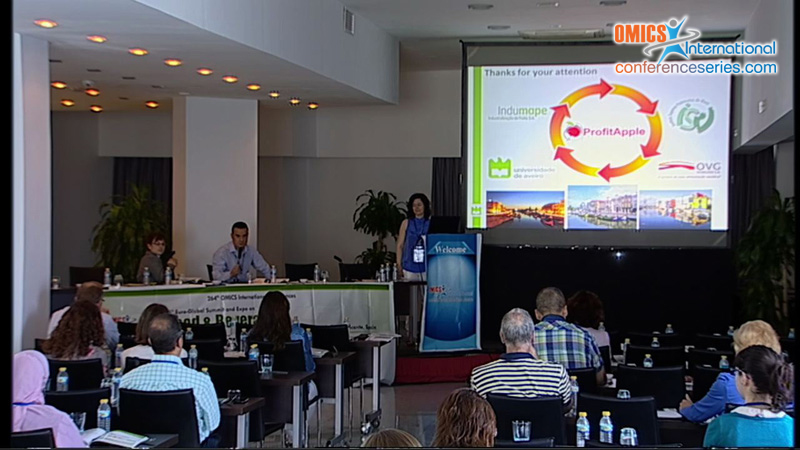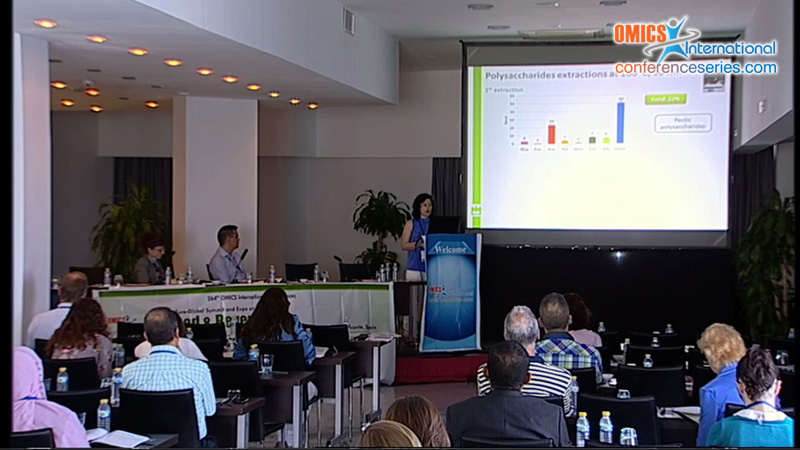
Elisabete Coelho
University of Aveiro
Portugal
Title: Valuation of industry apple juice concentrate by-products
Biography
Biography: Elisabete Coelho
Abstract
The world production of apple juice consumes 7.7 million tons of apples, resulting in 2 million tons of pomace as by-product. From the filtration process of apple juice, another by-product is produced, the retentate. In addition, during the juice concentration, an aroma-rich aqueous condensate is obtained as a third by-product. The pomace and retentate are usually discarded by the producers or, alternatively, pomace can be used directly as animal feed. The aroma-rich aqueous condensate is usually sold as flavouring ingredient. In order to add value to these three by-products resultant from industrial production of apple juice, this work starts with the characterization of apple pomace, retentate and aroma-rich aqueous condensate and based on the results obtained, suggests possibilities for they valuation. The apple pomace was shown to contain reducing sugars (17%), soluble (12%) and insoluble (41%) fibres, and protein (5%). The hot water extracts (30% of apple pomace dry weight) were composed mainly by carbohydrates, namely fructose and glucose (54%) and polysaccharides (41%). The soluble dietary fiber obtained from pomace will be used as food ingredient. The retentate comprised a large amount of reducing sugars (45%), mainly fructose. The material insoluble in water was composed mainly by proteins (31%), polysaccharides (14%), lipids (12%), and phenolic compounds (1.5%). The sugars can be recovery and introduced in the apple juice concentrate and the insoluble material can be valuated as feed ingredient. Thirty eight volatile compounds were identified in the aroma rich aqueous condensate, namely esters (19), alcohols (8), and aldehydes (4). Ethyl-2-methyl-butanoate, hexyl acetate, and ethyl butanoate were the main contributors to the apple aroma, presenting low odour thresholds (0.006, 2, and 1 µg/L, respectively). This apple-rich aqueous condensate can be valuated as apple aroma.
Speaker Presentations
Speaker PDFs
Speaker PPTs Click Here




